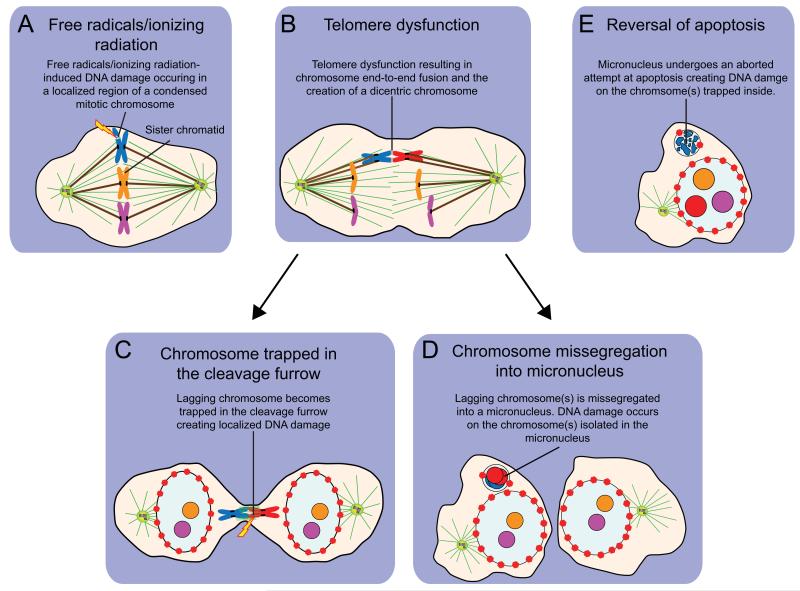Figure 3. Mechanism for complex chromosomal rearrangements as a result of Fork-Stalling and Template Switching (FoSTes) and Microhomology Mediated Break-Induced Replication (MMBIR).
Fork-Stalling and Template Switching (FoSTes) occurs when a replication fork stalls at a DNA lesion while MMBIR is initiated following replication fork collapse. FoSTes and MMBIR lead to microhomology-dependent priming of DNA replication and serial template switching. This leads to chromoanagenesis: the creation of complex chromosomal rearrangements in a genomic region surrounding the collapsed replication fork. In addition to the deletion and retention of DNA fragments, FoSTes and MMBIR can also lead to duplication and triplication of DNA sequences. Therefore, FoSTes and MMBIR can result in more than two copy number states on the rearranged chromosome. Modified from reference50.

